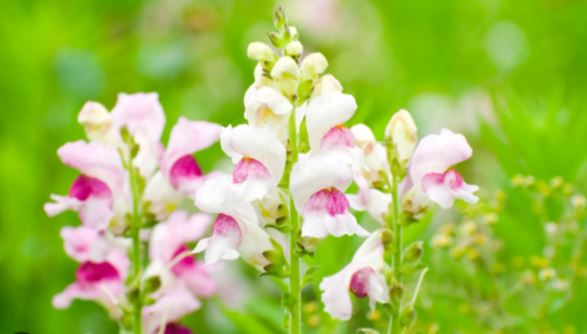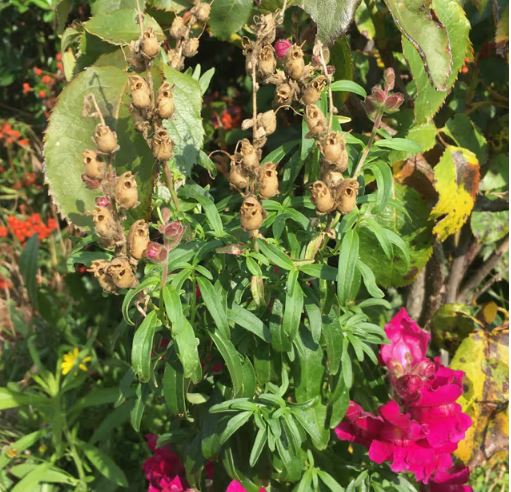Lifestyle
What to know about the beautiful flower that turns to skull when it dies

One flower that stands out is the snapdragon. Snapdragons are special because they are not only beautiful when alive but also have an unusual feature when they die.
But what makes snapdragons really interesting is what happens after they bloom and die.
When snapdragons die, the flower dries up, and the seed pod that’s left behind looks just like a tiny skull. This surprising change is why snapdragons are also called “dragon skulls.”
Growing snapdragons
Snapdragons are easy to grow and take care of if you’re considering planting one.
Here are some steps to grow them in your garden:
1. Choose a sunny spot: Snapdragons need a lot of sunlight. Pick a place in your garden that gets at least six hours of sun every day.
2. Prepare the soil: Snapdragons like soil that drains well. You can mix some sand into your soil to help with drainage.
3. Plant the seeds: Plant snapdragon seeds in early spring. You can start them indoors and move them outside when it’s warmer.
4. Water regularly: Keep the soil moist but not too wet. Water the snapdragons regularly, especially when they are young.
5. Fertilise occasionally: Use a balanced fertiliser to help your snapdragons grow strong and healthy.
The blooming season
Snapdragons usually bloom from spring to early summer. Their bright flowers can last for a few weeks. During this time, they attract bees, butterflies, and other insects that help with pollination. This means snapdragons not only make your garden look pretty, but they also help the environment.
The transformation

After the blooming season, the flowers will start to die. This is when the magic happens. The petals fall off, and the seed pods begin to form. As the seed pods dry out, they shrink and twist. This process makes them look like tiny, spooky skulls.
This transformation is why snapdragons are so fascinating.
Why do snapdragons turn into skulls?
The skull-like shape of the seed pods is a natural part of the snapdragon’s life cycle. When the seed pods dry out, they split open to release seeds. The shape helps to protect the seeds until they are ready to spread and grow into new snapdragon plants. While it might look a bit creepy, it’s just nature’s way of ensuring the snapdragon can reproduce and continue its life cycle.
Fun facts about snapdragons
1. Variety: There are many types of snapdragons, with flowers in almost every colour you can imagine.
2. Symbolism: In the language of flowers, snapdragons can symbolise grace and strength. They are given as gifts to show admiration.
3. Historical use: In ancient times, people believed snapdragons had magical powers. They thought the flowers could protect them from evil spirits.
Taking care of snapdragons
If you want to keep your snapdragons blooming and healthy, here are some tips:
1. Deadheading: Remove dead flowers to encourage more blooms.
2. Pest control: Watch out for pests like aphids and caterpillars. Use natural remedies or insecticidal soap to keep them away.
3. Winter care: In colder climates, snapdragons can survive the winter if you cover them with mulch or bring potted plants indoors.
Snapdragons are more than just pretty flowers. Their ability to turn into skull-like seed pods when they die makes them one of nature’s most unique plants.






